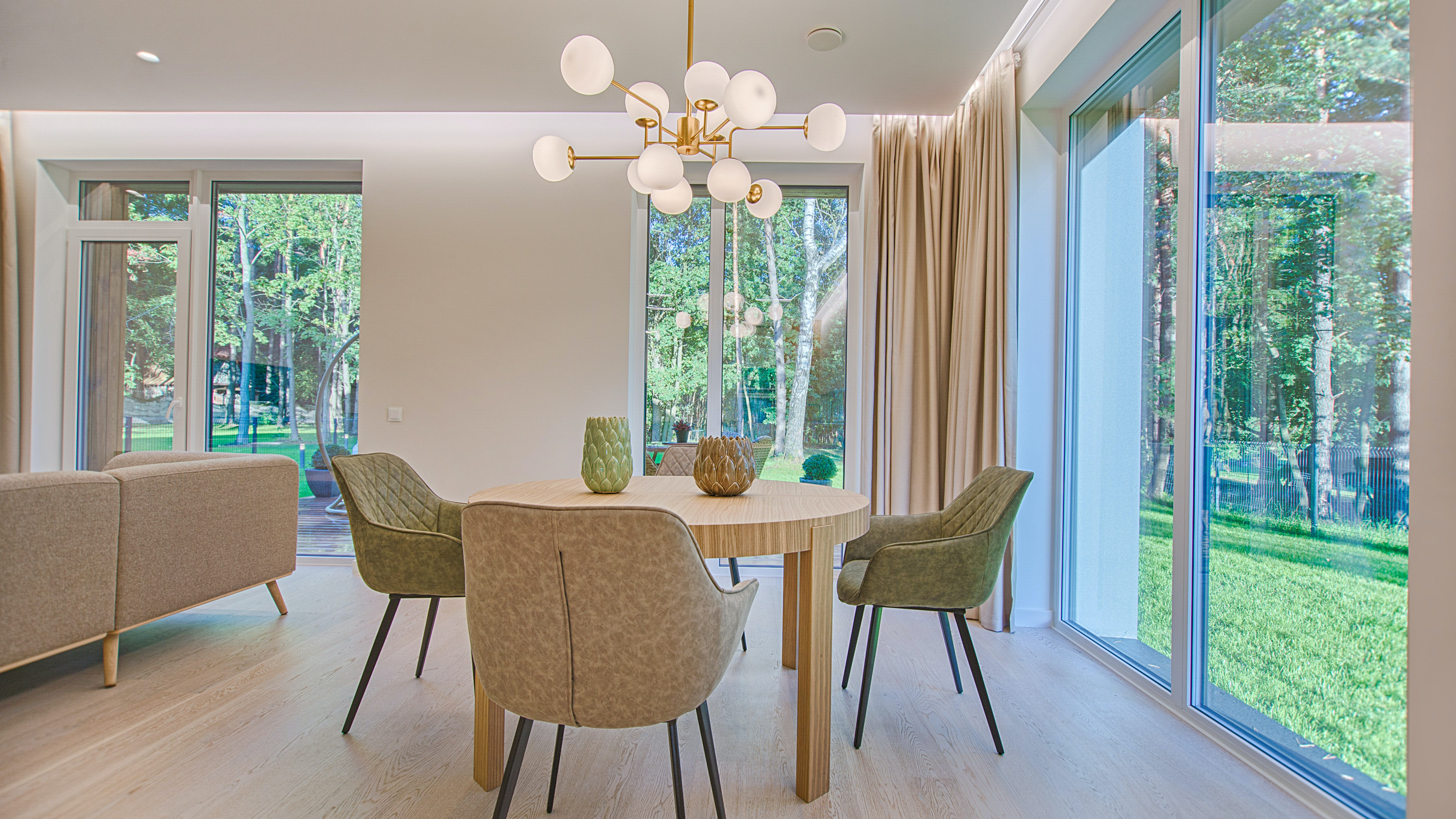
Boosted by historically low mortgage rates, existing home sales, as reported by the National Association of Realtors (NAR), posted another record increase in July and surpassed pre-pandemic levels.
Total existing home sales, including single-family homes, townhomes, condominiums and co-ops, soared 24.7% to a seasonally adjusted annual rate of 5.86 million in July, the largest monthly gain on record and the highest level since December 2006. On a year-over-year basis, sales were 8.7% higher than a year ago.
The first-time buyer share decreased to 34% in July from 35% last month, but is higher than a year ago (32%). However, price gains threaten this share in the future. The July inventory level fell to 1.5 million units from 1.54 million units in June and is down from 1.9 million units a year ago.
At the current sales rate, the July unsold inventory represents a 3.1-month supply, down from 3.9-month in June and 4.2-month a year ago. This low level supply of resale homes is good new for home construction.
Homes stayed on the market for an average of just 22 days in July, down from 24 days last month and 29 days a year ago. In July, 68% of homes sold were on the market for less than a month.
The July all-cash sales share was 16% of transactions, equal to last month but down from 19% a year ago.
Despite the recent fluctuation in sales, home prices remained strong. The July median sales price of all existing homes was $304,100, up 8.5% from a year ago, representing the 101st consecutive month of year-over-year increases. This is also the first time national median home price reached $300,000 level. The median existing condominium/co-op price of $270,100 in July was up 6.4% from a year ago.
Regionally, all four regions saw double-digit month-over-month gains for existing home sales in July, ranging from 19.4% in the South to 30.6% in the Northeast. On a year-over-year basis, sales grew in the Midwest, South and the West (10.3%, 12.6% and 7.8% respectively), while sales declined 5.9% in the Northeast.
Though sales have picked up, rising home prices driven by low inventory and elevated jobless claims could be a bottleneck for future home sales. More listings and home construction are needed to meet this rising demand.




















